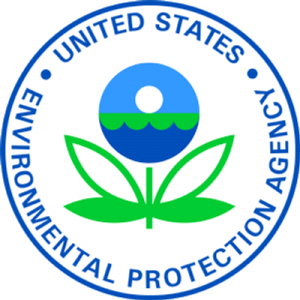
The U.S. Environmental Protection Agency has proposed a plan to clean up contaminated soil at the Route 561 Dump site in Gibbsboro, N.J. The site is an area near a former paint manufacturing plant and was previously used as a paint waste dump. The Route 561 Dump site includes businesses, a vacant lot, a small creek called White Sand Branch and wetlands. The soil at the Route 561 Dump site is contaminated with lead and arsenic.
Lead exposure can have serious, long-term health consequences in adults and children. Even at low levels, lead in children can cause I.Q. deficiencies, reading and learning disabilities, impaired hearing, reduced attention spans, hyperactivity and other behavioral problems. Lead exposure can also cause health problems in pregnant women and harm fetuses. Arsenic can cause cancer.
The EPA will hold a public meeting on June 21 to explain the proposed plan. The meeting will be held at 7:00 p.m. at the Gibbsboro Senior Center, 250 Haddonfield-Berlin Road in Gibbsboro, N.J. Comments will be accepted until July 12.
“Lead is a toxic metal that can hurt a child’s ability to learn and cause a range of other very serious health problems,” said EPA Regional Administrator Judith Enck. “Our proposed plan is an important step forward in our comprehensive strategy to cleanup this complex site and protect people’s health.”
The proposed Route 561 Dump site soil cleanup announced today builds on the previous work and precedes additional cleanup action that will be developed in the future, including addressing groundwater, as part of the comprehensive cleanup. The EPA plan includes removing and disposing of contaminated soil from portions of the site and backfilling the area with clean soil. The soil would be dug up and properly disposed of at facilities licensed to handle the waste. In total, approximately 23,000 cubic yards of contaminated soil will be removed. A cap, consisting of soil cover in vegetated areas or asphalt on portions of commercial properties, will also be installed in parts of the site. The EPA will coordinate with the property owners or occupants to ensure that the work is done with minimal disruption. The EPA will monitor the air near the work areas. During the soil cleanup activities, monitoring will be conducted to ensure the effectiveness of the cleanup.
In addition, the EPA is proposing to place restrictions on how the land may be used in order to limit people’s exposure to the contaminated soil. The EPA will conduct a review every five years to ensure the effectiveness of the cleanup.
The Route 561 Dump site along with the Sherwin-Williams/Hilliard’s Creek site and the United States Avenue Burn Superfund site, located in Gibbsboro, are sources of contaminated soil and sediment, which have spread onto a number of residential properties within Gibbsboro and Voorhees. Under previous orders by the New Jersey Department of Environmental Protection and the EPA, Sherwin-Williams has removed 8,096 cubic yards of sludge from a former lagoon area, removed 44,785 gallons of liquid waste, installed a soil vapor extraction treatment system to reduce the volatile organic compounds in the soil near two former plant buildings, installed fencing to limit access to some source areas and taken other steps to address the pollution. A soil cleanup on residential properties will get underway this summer.
The Superfund program operates on the principle that polluters should pay for the cleanups, rather than passing the costs to taxpayers. The EPA searches for parties legally responsible for the contamination at sites that are placed on the Superfund list and it seeks to hold those parties accountable for the costs of investigations and cleanups. It is anticipated that the proposed cleanup of the Route 561 Dump site will be conducted and paid for by Sherwin-Williams.









